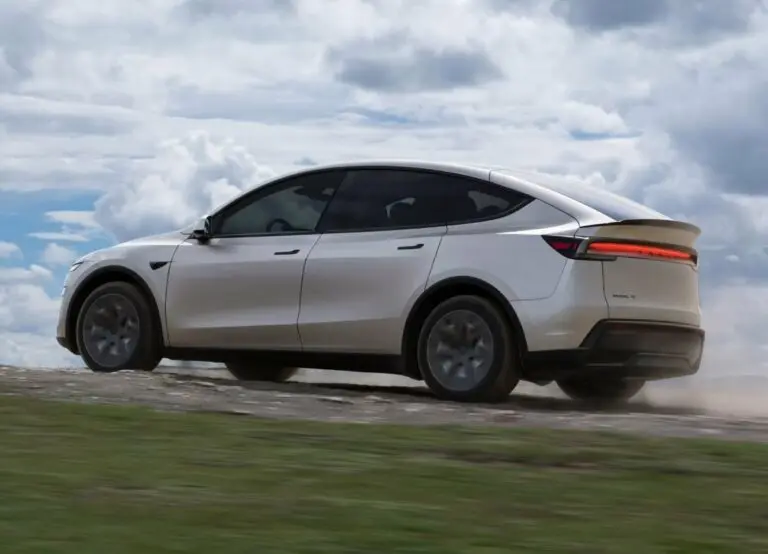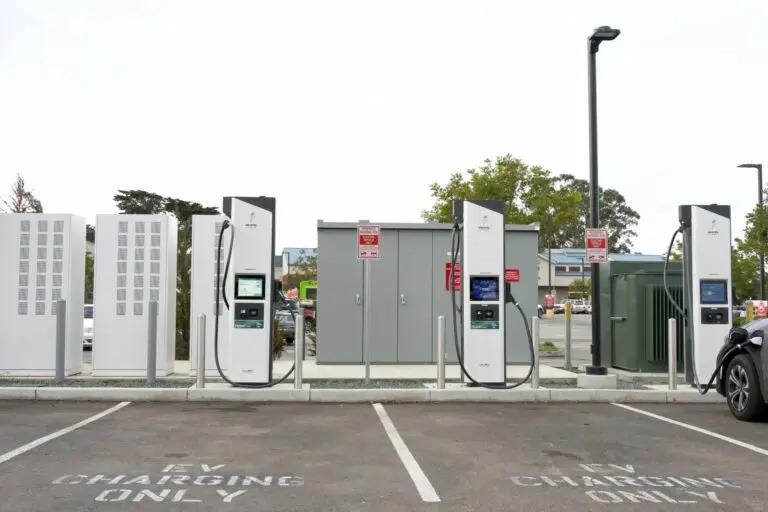From 2026, Formula 1 will undergo a major transformation with the introduction of new regulations focusing on electrification, sustainability and safety. These changes are designed to make the sport more efficient, more environmentally friendly and more spectacular.

Redesigned hybrid power unit
The new regulations retain the 1.6-litre V6 turbo engine, but do away with the MGU-H. It has been replaced by a more powerful MGU-K, capable of generating up to 350 kW – a threefold increase in electrical power compared with the current generation. Each car will thus be able to produce more than 1,000 horsepower while reducing its fuel consumption to 70 kg per Grand Prix, compared with 100 kg in 2020.
100% sustainable fuel
All engines will run exclusively on 100% sustainable fuels. These fuels are produced from non-food sources, municipal waste or even captured from the atmosphere. This initiative is part of Formula 1’s aim to become carbon neutral by 2030.
The 2026 cars will be 30 kg lighter, with a minimum weight of 768 kg. The width will be reduced by 10 cm and the length by 20 cm. This reduction is intended to improve handling and make overtaking easier.
Active aerodynamics for more spectacle
Drag reduction systems (DRS) will be replaced by active front and rear wings. Drivers will have a manual mode to temporarily increase electric power, making overtaking easier.
The structure of the single-seaters will be strengthened, with stricter safety tests. High-voltage electrical components will be integrated into the safety cell, reducing the risks in the event of an accident.
Arrival of new manufacturers
Audi, Honda, Ford and General Motors are joining the competition. Audi has acquired the Sauber team, while GM will take part under the Cadillac brand, which is still looking for its star driver.












